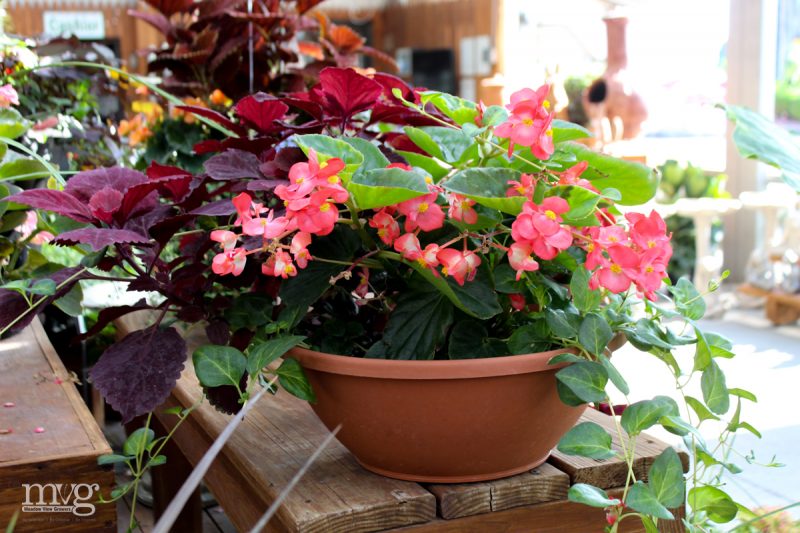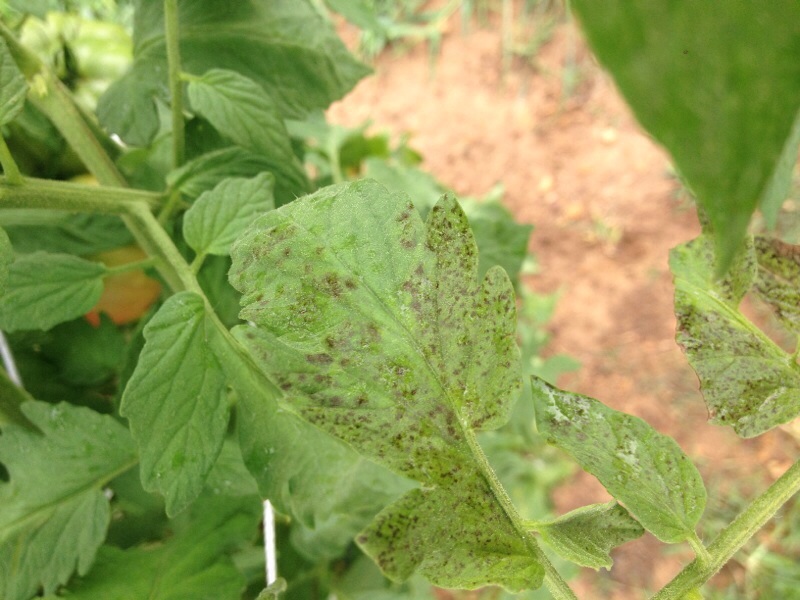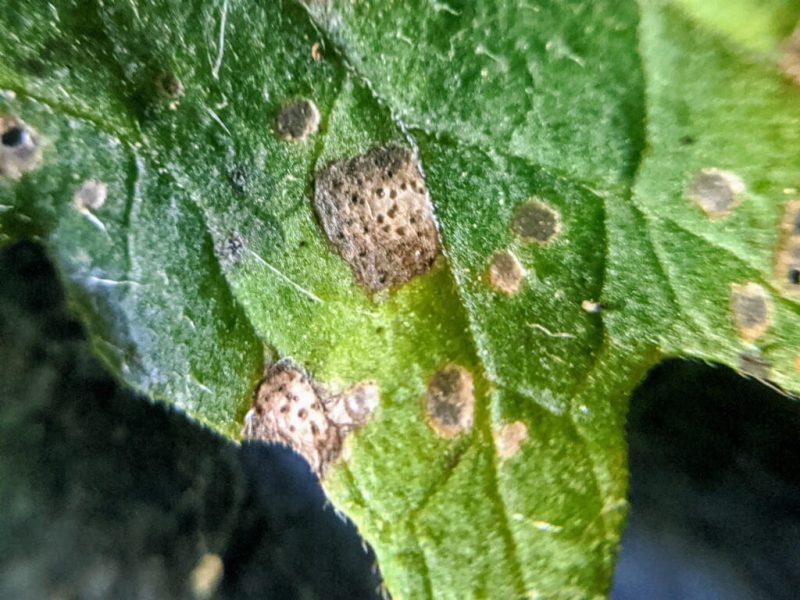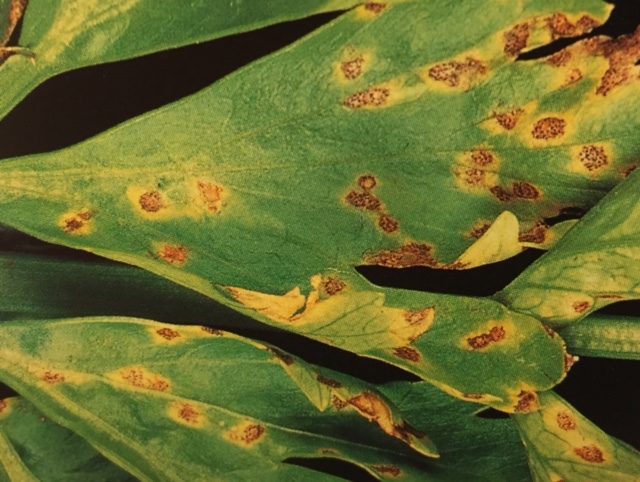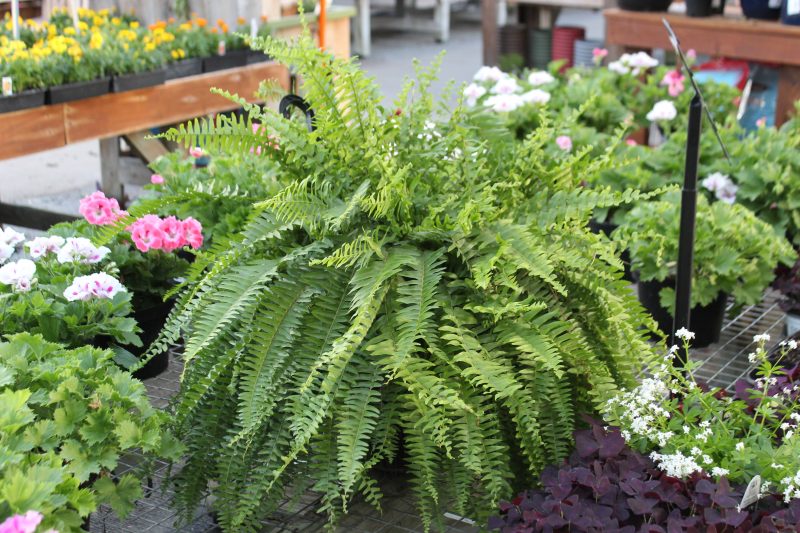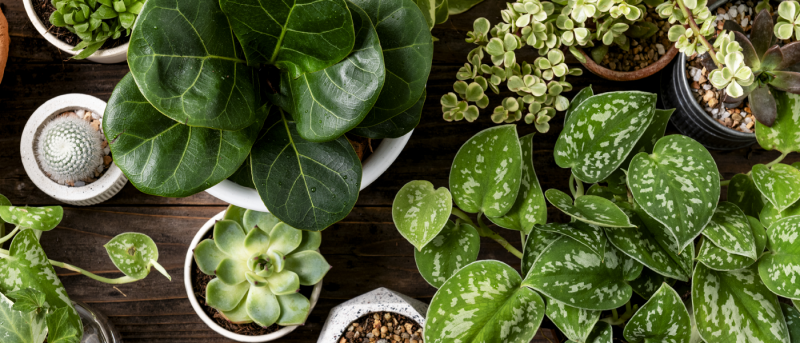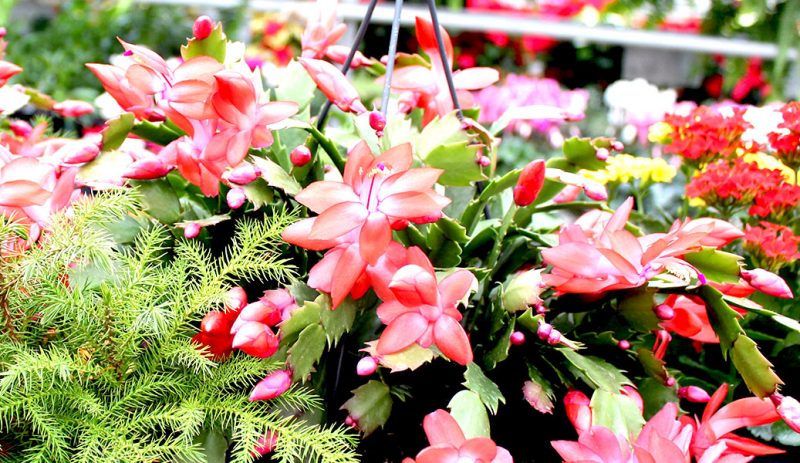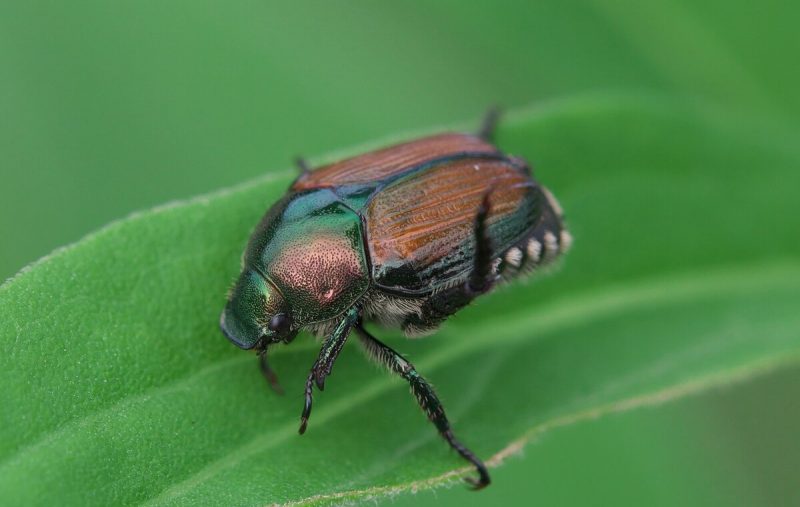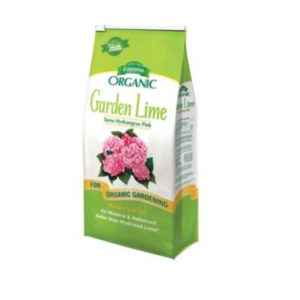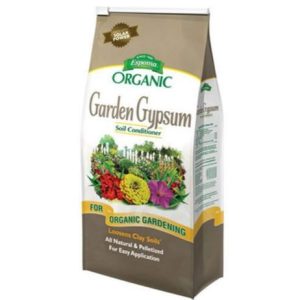There’s many prevention techniques that work against this and other fungal diseases.
First, remove all fallen plant debris from your garden beds. Fallen leaves can harbor spores and allow them to overwinter. Be sure to clean your hands and sterilize tools you use to remove debris if you suspect fungal disease may be present.
Keep weeds in check. This is especially true with septoria lycopersici. Many solanaceous weeds can harbor fungal spores. Diseased weeds will spread the disease to nearby plants.
Mulch around your plants. This has a dual effect. It prevents soil splashing up onto the leaves, which can spread spores to your plant. It also reduces the likelihood of weed development. A 3″ to 4″ layer of mulch will also aid in water retention in the soil, which is an added bonus!
Water the soil, not the plants. Drip or soaker hose irrigation will reduce the likelihood of spore spread.
Rotate crops. Septoria fungi can survive in diseased plant debris, weeds, or perennials for up to 3 years. Crop rotation can reduce the likelihood of reinfection year after year.
Ensure there’s proper airflow. Plants that are tightly packed together are more at risk from diseases. Trimming excess foliage will provide better airflow. It also reduces the ease of spore spread, as leaves are spaced further apart. Staking plants or securing them in sturdy tomato cages can help with airflow as well.
Keep pests at bay. Remember, pests may accidentally carry spores from plant to plant. Reducing your pest population will also reduce spore transmission.
Select disease-free varieties. While tomatoes are all susceptible to septoria, other plants have resistant hybrids. Picking a variety that is resistant to septoria will reduce its occurrence.
Remove and destroy damaged material. If you see signs of reappearing fungal damage, trim it off before it can spread. If you remove it before it forms spores, it won’t have time to spread further. Be sure to sterilize any pruning tools you use to remove damaged leaves and wash your hands before touching the healthy parts of the plant.
